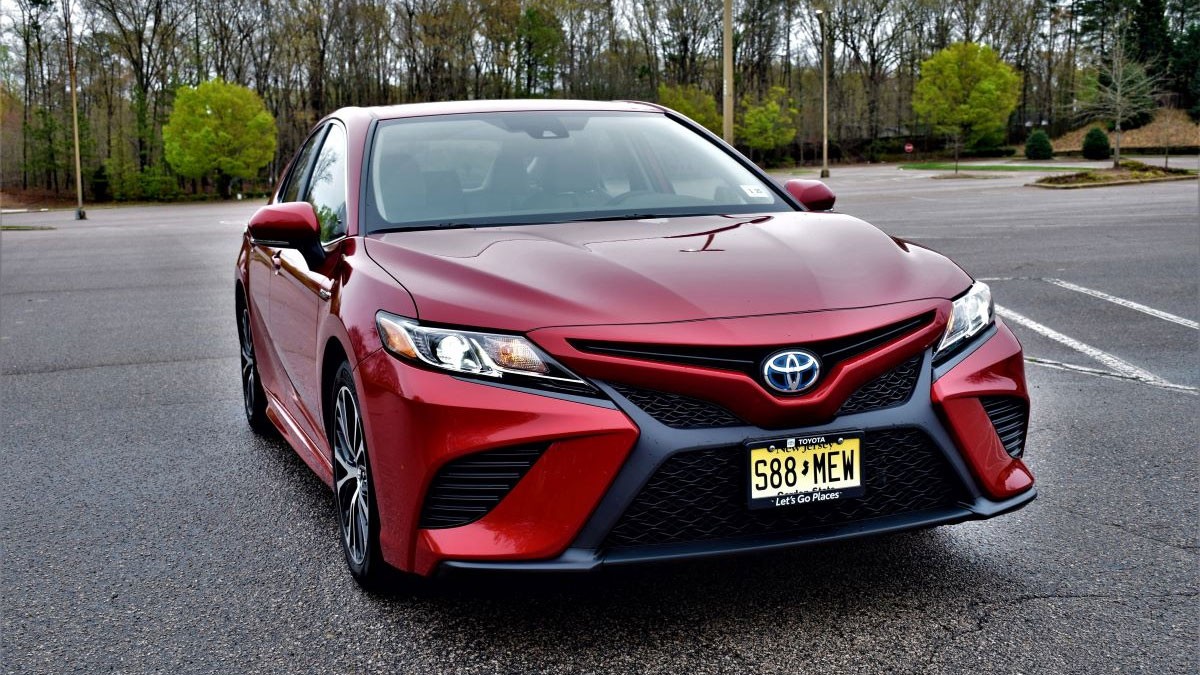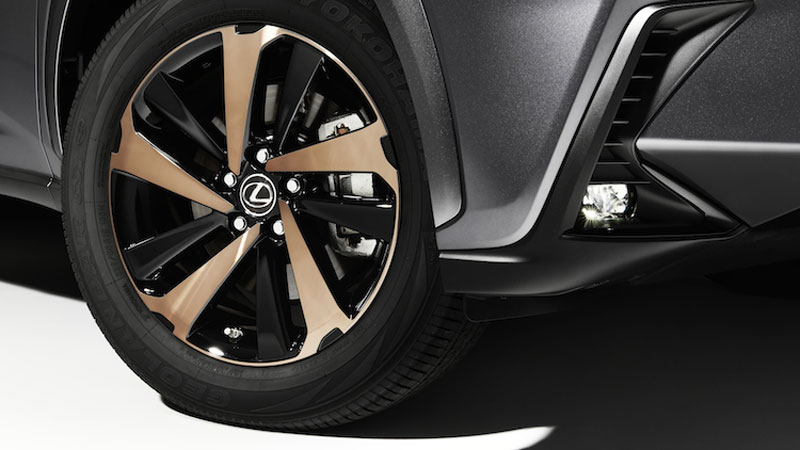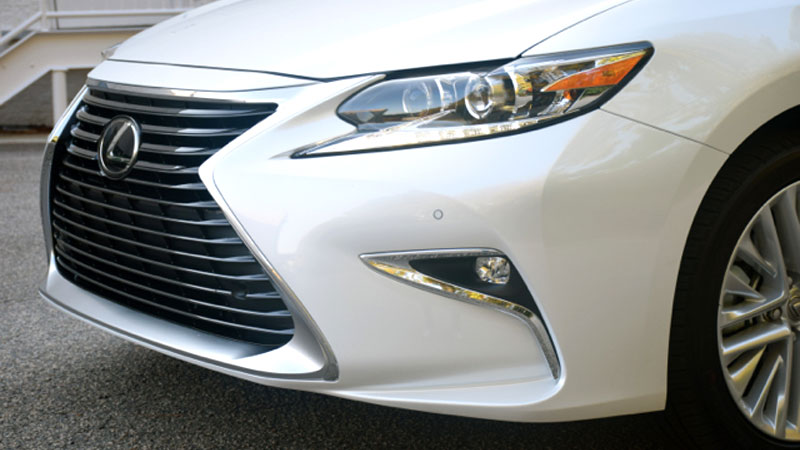2020 Toyota Camry Hybrid Review (Big Fuel Savings)
Hybrid models have evolved over the years. The first models were bulbous vehicles designed to minimize airflow and maximize fuel economy. Indeed, the Toyota Prius and first-generation Honda Insight were perhaps the best representations of what gas-electric hybridization could do. Along the way, industry leader Toyota applied its “hybrid synergy … Read more




